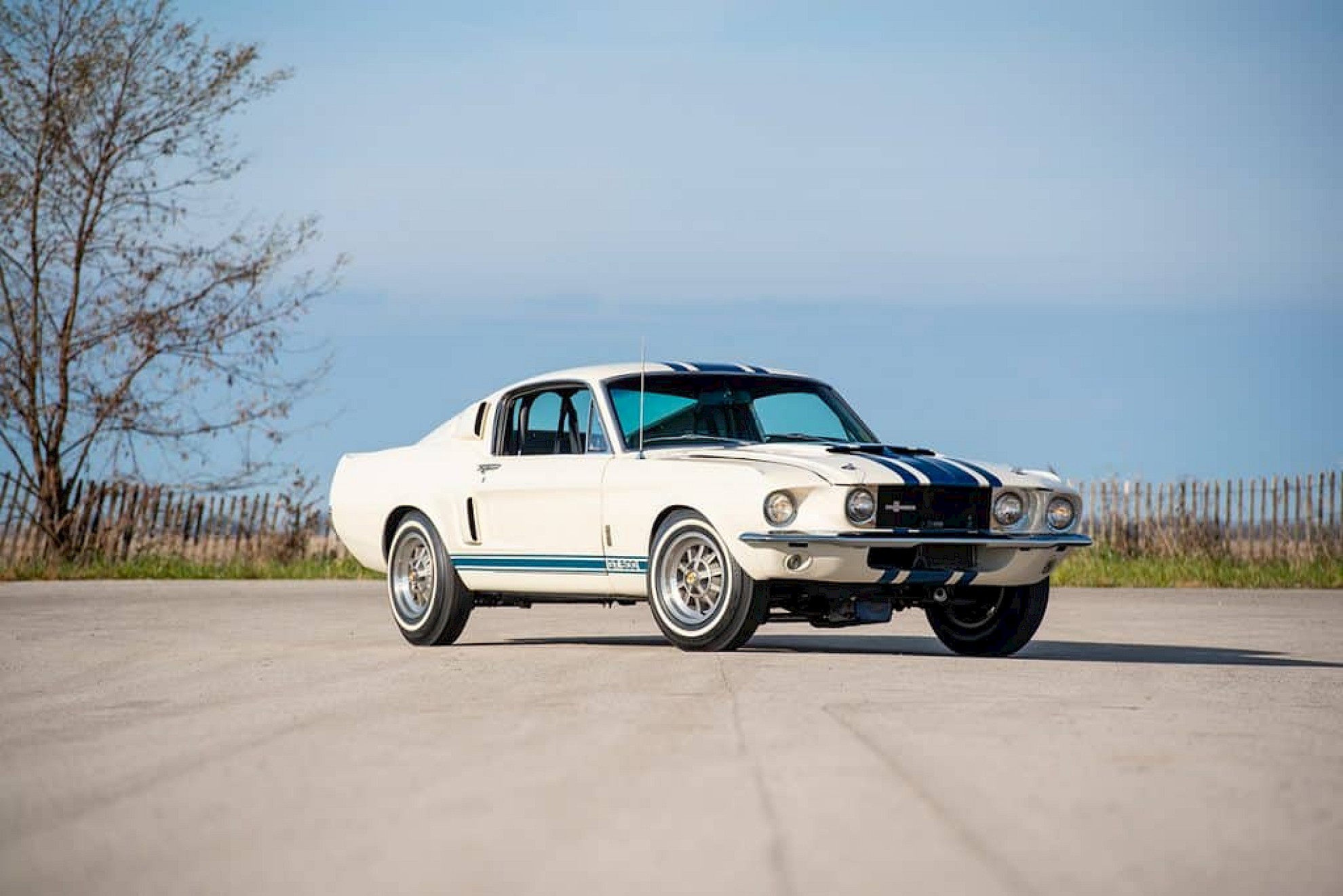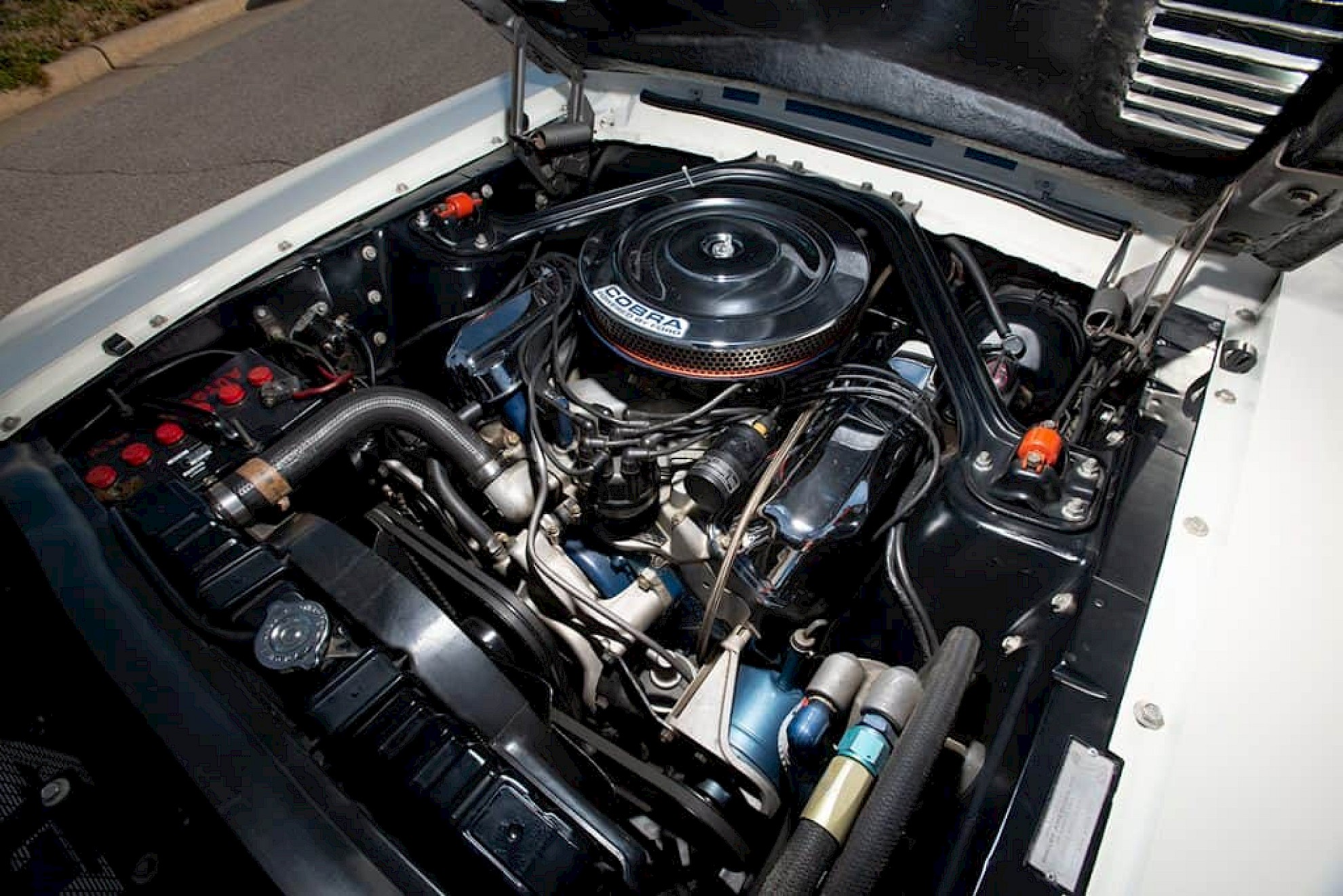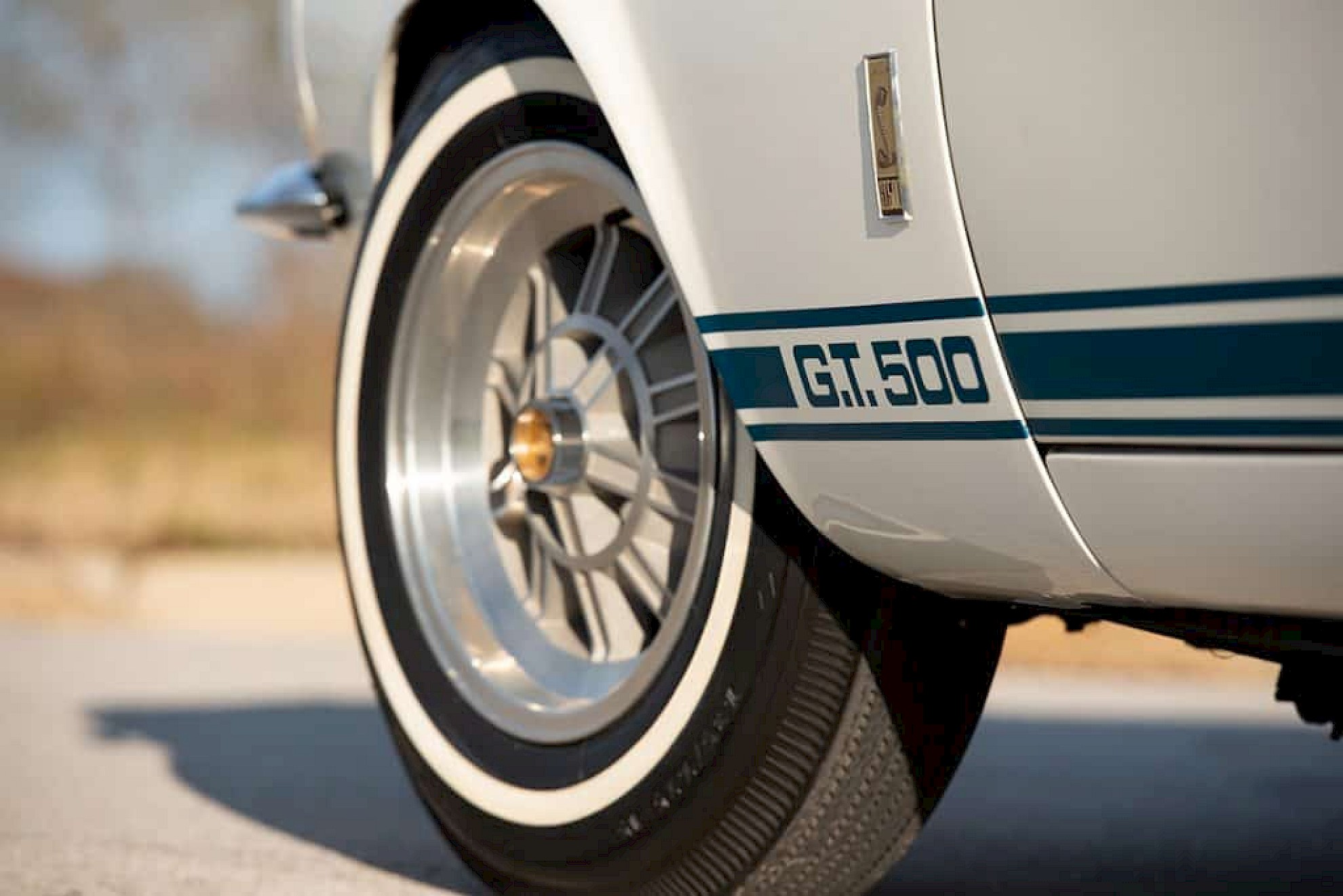Story of the Shelby Super Snake
“Everything he [Shelby] touched became legendary.”
– Leslie Kendall, curator of the Petersen Automotive Museum in Los Angeles.
“At that time, it was the fastest, street-legal production car ever made. This includes Ferraris, Lamborghinis, anything.”
– Richard Ellis, car collector.
In 2019, the 1967 GT500 Shelby Super Snake made history, and not for the first time. Selling for $2.2M at Mecum’s Kissimmee auction, it became the world’s most expensive Mustang, beating its own record that it had set six years prior, having gone under the hammer in 2013 and fetching $1.3M.
It is the collectors’ dream, the Holy Grail of Mustangs, and for one sole reason: it is one-of-one.
Even the Eleanor, the 1967 Shelby GT500 which shot to fame for its starring role alongside Nicholas Cage in the 2000 cult classic Gone in 60 Seconds, and arguably the closest rival to the Super Snake in terms of collectability, cannot boast such pedigree – it is one of three versions used for the movie.
The existence of the Super Snake, this lone star, owes itself to the fusion of several elements – design, ingenuity and, as with all legends, a little good fortune.
Carroll Shelby was many things. The former chicken farmer and ex-racing driver, and head of Shelby American, which modified Ford Mustangs into high-performance vehicles, also happened to be the West Coast distributor for Goodyear tires, and it was this role that would ultimately lead to the creation of Super Snake. Goodyear needed a way promote their new tires, the ‘Thunderbolt’. The Thunderbolts in themselves weren’t particularly significant, as Mustang collector and former Super Snake owner Richard Ellis elaborated: “The Thunderbolts were made for… well, boring family cars in the ‘60s, which is why nobody reproduces them or has even heard of them for 35 years”. But the promotion of these innocuous tires at the hands of Shelby was the birth of the Super Snake.
The 1967 GT500 was selling well, outperforming the smaller-engine GT350, and, considering its popularity, would have been the ideal choice for performing the promotion. But Shelby American had other plans. Instead of testing the Thunderbolts on a regular GT500, what if they were to create super high-performance GT500, the likes of which had never been seen?
Former Shelby Chief Engineer Fred Goodell would recall: “Carroll had a curious way of doing things. One day he calls me on the telephone and says: ‘You know, I’m the California distributor for Goodyear tires, and Goodyear have asked me to do a promotion on a new tire called ‘the Thunderbolt’. And I would like you to build a special GT500 with a 427 racing engine.”
GT500 Supercharger
Goodell chose a white GT500, chassis number 00544, “and we rebuilt it with a 427 racing engine – lightweight racing engine – special rear axle, special transmission, and, of course, Thunderbolt tires!”
The result was the Super Snake.
As Don McCain, former Shelby American Sales Manager who at the time was working with Mel Burns Ford as a high-performance sales manager, remembered: “Oh, that was the mother of all 427s of that time. That car had aluminum heads on it, aluminum water pump, forged crank, Le Mans rods… just everything basically inside the engine was built to run the sustained 6,000rpm to race Le Mans.”
With an engine designed for Le Mans, plus the “bundle of snakes” exhaust system used for the GT40 MK II that had won the prestigious race the previous year, and three, blue, Le Mans-style racing stripes, the finished Super Snake headed to San Angelo, Texas, to Goodyear’s proving grounds, to show its mettle.
Shelby put the car through its paces, taking the editors of Time and Life magazines for test drives, and also clocking up just over 170mph. The responsibility for the test itself, however, would fall to Goodell. “And then he [Carroll] came back and he handed me his helmet, and he says: ‘I’ve got to go to Washington, so you go ahead and drive the test’. And so, I got back in the car, and I drove the car for the 500-mile test. And we drove at 142mph average for 500 miles.”
The test was a success. The “boring”, skinny, white-walled tires, overinflated with nitrogen for rigidity and to prevent overheating, had not only survived the furious pace, but had 97% of tread intact, incredible considering that the car was, according to Ellis, “way too fast for the technology of the tires it was on”.
The Super Snake was restored with original Thunderbolt tires. Image courtesy of David Newhardt/Mecum Auctions.
The irony of course is that the success of the tire test and the performance of the Super Snake was mirrored by its failure to be marketable. The Thunderbolt test was not only about testing tires, but about creating and selling a line of GT500s with 427s. Don McCain explained, “They [Shelby American] wanted to build it as a market study – could we sell the 427 Mustang in lieu of the boat-anchor 428s that they were putting in the GT500s?”
The answer was ‘no’.
“We planned on building 50 of these cars, but they weren’t going to be the Le Mans engines. That was really a pricey engine, and for $7,995 there were other things on the market that were a little more palatable.”
And so, the Super Snake remained one of a kind, sitting on the floor of the showroom at Mel Burns Ford, eventually being sold for $5,000 to two airline pilots, who drag-raced it at weekends.
The Super Snake would pass through several more hands, before finding its way to Richard Ellis, who undertook what he called “light restoration”, that is, he “sought the original pieces that would have been on that car at the tire test”, including a 1967 date-coded fire extinguisher and, of course, the Thunderbolt tires, which he admitted he had “no dream of ever finding”. He went on, “No one reproduced them, there was no reason to. They’d just go on a station wagon”. Ellis claims he was “elated” when a picker he knew in an East Coast tire warehouse chanced upon a Thunderbolt label among hundreds of tires. There were 10 in total, thus enabling Ellis to restore the Super Snake to its original condition of that momentous day in March 1967.
Don McCain would later reflect:
“…if I knew that that car was going to be what it is today… it’s one heck of an automobile”.
It certainly is.



